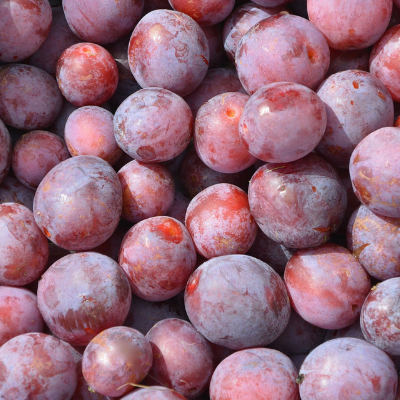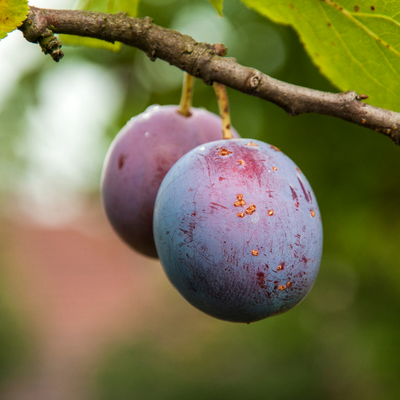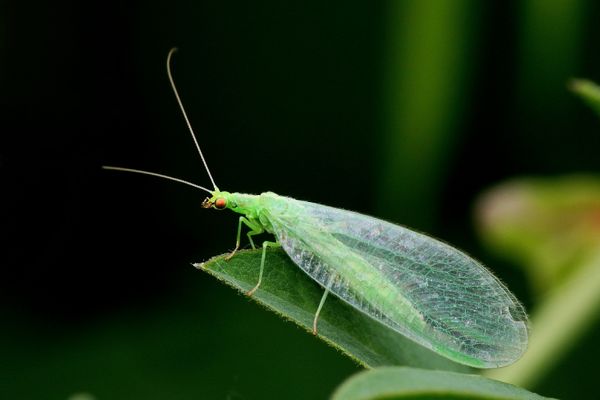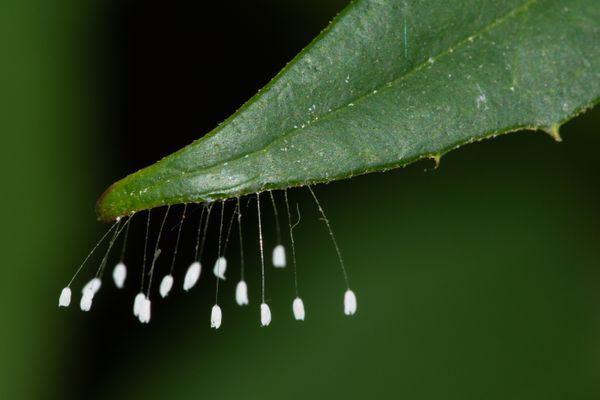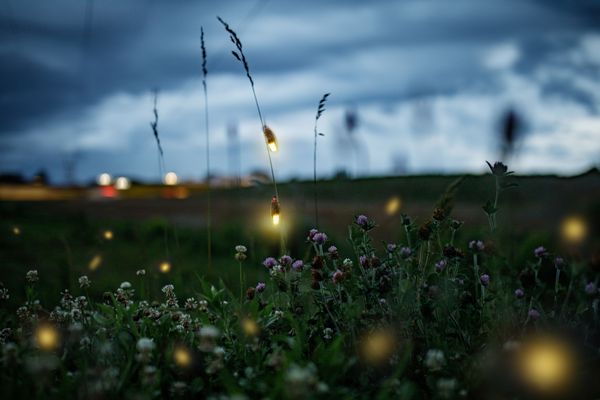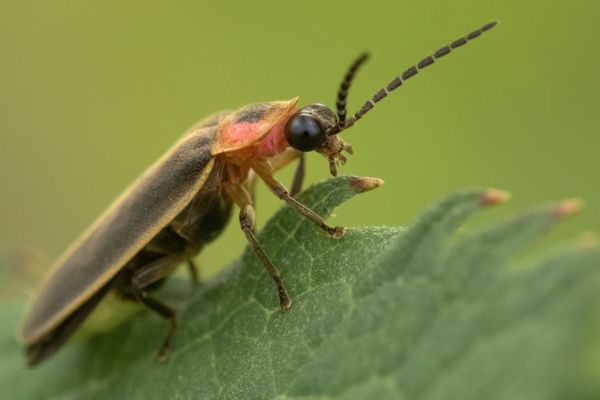In North Texas, the first freeze of the winter normally happens around November 20th. It's been unusually warm this year, but it's coming soon! Is your landscape ready for the freeze? Here's our seven tips to get ready for the first frost and how you can use this time to get ready for spring. (Photo: Purple Coneflower seed heads with frost).

Preparing for Winter
Plant Hibernation
Did we ever have a fall in North Texas this year? It feels like we went from summer straight through to December! Daylight is getting shorter, and we're only one month away from the winter solstice..... the darkest day of the year on December 21st. What's happening to our landscaping during this time of year? Plants are going into hibernation mode. Cooler weather causes grass to lose its green color. Chlorophyll is what plants use to capture sunlight, and with frost coming, trees are shedding leaves and green grass is turning brown and shutting down their chlorophyll, all to avoid the shock of cold.
Getting that color back in spring depends on what type of grass you have. Bermuda, Zoysia, and St. Augustine all have different times they “wake up” and bring back that lush green color. Too much extra fertilizer in spring, and you may get too much lush (yes, the grass really can be too green.....and cause fungal disease problems in the lawn).
Right now, trees are sending their sap down into their roots. Insects may be looking for a warm place to hide overwinter. Helpful and not-so-helpful insects have laid their eggs in the warm soil to overwinter, and re-emerge as adults next spring and summer. Some bugs are helpful (some beautiful moths in North Texas will overwinter in soils) while others cause problems for pets, your lawn, shrubs, and trees (like fleas, grubs, crane flies, chinch bugs, and fungus gnats).
Native plants die back to the root, putting all their energy back into roots for fresh growth to return in spring. If you have healthy, uncompacted soil then you have lots of earthworms. These worms will continue to tunnel through your soil during winter, helping improve the porous soil structure to better capture all of the winter rain that's coming soon to store it for spring.

The American Beautyberry shrub does well in shade or sun. Get it ready for winter with a little fresh mulch.
Feed The Roots
Fall and winter is a good time to feed the roots of trees and shrubs, with a deep root feeding. As the sap of these plants travels down to their roots to stay warm, you can provide additional nutrients right at the root zone to help encourage healthy spring growth when temperatures rise again.
You might be spreading some fresh mulch, which is another great idea, to keep the surface of your soil protected from harsh cold air. Just be sure to keep mulch 3" away from tree trunks and keep mulch off of root flares. Mulch holds onto water, and humidity next to bark lead to insects and fungi burrowing in and killing trees.
Looking to plant more trees? Get ready for January and February which is a great time to plant. If you don't want a tree that casts deep shade (that could thin the grass in your lawn), consider a plum. Plum trees get about 15' tall and require 20' spacing (400 square feet). Plant two for under $100 and they'll cross-pollinate to provide you with ~400 pounds of fresh fruit each year, over a 15-year lifespan.
Bob Wells Nursery offers Methley, Santa Rosa, Morris, Bruce, and Chickasaw plums...all great varieties for North Texas. Plum tree leaves are eaten by the Eastern Tiger Swallowtail caterpillars, especially the native Chickasaw plum!
The Methley, Santa Rosa, and Morris plums (image courtesy Bob Wells Nursery, from left to right).... all great options for our North Texas climate and soils.
Get Ahead of Insect Pests
How was the insect pressure on the lawn this past summer? Was there grub damage, chinch bugs, or other pests? You don't have to wait for the problem to continue next year. Now's a great time to get ahead of the problem with an organic, environmentally friendly solution: Beneficial Nematodes. These little microorganisms live in your soil, and they eat soil-dwelling insects before they can cause damage next spring and summer. Apply these nematodes only in cool weather, in spring and fall, to avoid them being harmed by hot, dry conditions. Nematodes naturally and organically keep your soil ecosystem balanced, and this is the time of year Soils Alive provides this organic treatment to DFW lawns.
In spring, be sure and plant Yarrow in your landscape which will attract lacewings. Lacewings are beneficial insects that eat pests like aphids and mites and prevent insect damage to your trees and shrubs organically....all without any chemicals. Lacewings lay tiny eggs that hang from plant leaves, so be careful in the garden to leave them undisturbed. Avoid frequent and heavy doses of insecticide sprays near the garden that will kill pests....but will also harm these beneficial insect helpers!
Winter Watering
With cooler weather, and less intense sunlight, plants aren't drawing up as much moisture from the soil. You can cut back on your watering significantly. Did you know? Many homeowners with pre-programmed irrigation systems overwater their landscape, which can cause fungal disease issues, short and unhealthy grass roots, and expensive water bills!
Take the guess work out of watering. Sign up for free weekly watering tips thanks to Texas A&M AgriLife at WaterMyYard.org. With a frost in the forecast, 24 hours before it hits, water your shrubs deeply. Make sure there's some moisture in your lawn soil, and that it's not bone dry. Water is dense, so it holds warmth and insulates plant roots. Don't run your sprinklers during the cold weather, but do it 24 hours before!
Leave the Leaves
If your lawn has a deciduous tree.....you probably have a ton of leaves to rake up. Remember that lots of wildlife relies on leaves over winter. Little bugs don't have warm homes like we do. They use leaves like a blanket to keep warm. In fact, to encourage more fireflies across North Texas, you can rake up your leaves and leave them in a pile in the back corner of your property. Create a wire hoop and dump in all your leaves. In the spring, this will make a great fertilizer for native plant garden beds.
Now's the time to also trim back your big, shrubby native plants to tidy up your garden (like Flame Acanthus and Turks Cap). Beneficial insects, moths, and butterflies may have cocoons in or on the plant stems, so it's best to also pile these stems neatly in the backyard, and toss them out only after mid-March, or let them gently break down into compost.

Healthy Soil = Lower Summer Water Bills
Did you know that compacted, unhealthy soil doesn't absorb rain very quickly? Up to 90% of rain that falls on your lawn runs off.....especially if your lawn has a slope. Soils with a high clay content and little life to help open it up will absorb only 1/10th of an inch per hour. Getting a 1" rain in 1 hour means you could be giving up 90% of what nature gives us for free.
Next summer's heat is 6 months away, so now's a great time to make a plan for how to reduce that watering bill. We get about 36" of rain for free, which comes out to over 60,000 gallons of water for a 3000 square foot landscape (0.623 gallons per inch, per SF). Capture all of that free water with healthy soil! For areas of the lawn with a steep slope in shade or sun, consider putting in a garden bed with native plants instead of grass, to prevent your free water running off.
Healthy soil is lose, filled with earthworms, and has a crumbly texture and a rich earthy scent. Catch more free rain by reducing lawn chemical use of non-organic fertilizers and pesticides, which can both kill earthworms on contact. Create healthy conditions for life to come back alive in your soil, to capture more free rain, and lower your water bills. Soaking in more rain from DFW's hard-and-fast thunderstorms that drop it all at once can mean saving $100-200 each year on your water bill. Nature gives us so much for free. It's up to us to decide how we'll make the most of it.


